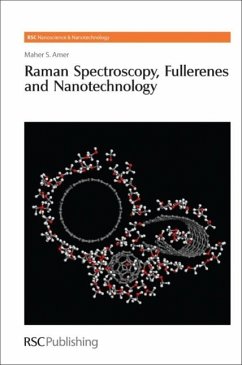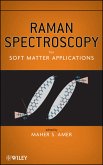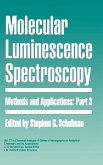This unique book is the first treatment of nanotechnology as the science controlled by the behaviour of thermodynamic small systems. It provides comprehensive discussions on fullerenes as building blocks, Raman spectroscopy as a powerful diagnostic tool, and nanotechnology as the technology bridging the gap between human-made and biological materials systems. Aimed at graduate students, scientists, researchers, and educators interested in academia, government and industry, the text is divided into four chapters. The first covers the potential of nanotechnology to develop a better, deeper understanding of the physical and chemical phenomena observed in natural systems. It also contains a section introducing nanotechnology to the public in simple, non-scientific terms. The second chapter is devoted to Raman spectroscopy and could in itself serve as a basis for a short course on its applications in materials science. The third section covers fullerenes and presents their history and development as well as discussing the structure and production of zero-dimensional, one-dimensional, and two-dimensional fullerenes. The fourth and final chapter serves as a correlation discussion and over view. It emphasizes the unique nano-phenomena exhibited by the fullerene systems as carbon based nanostructured systems. This chapter, and therefore the book, concludes with a discussion on the potential of nano-science and technology to shape the future of human society.








